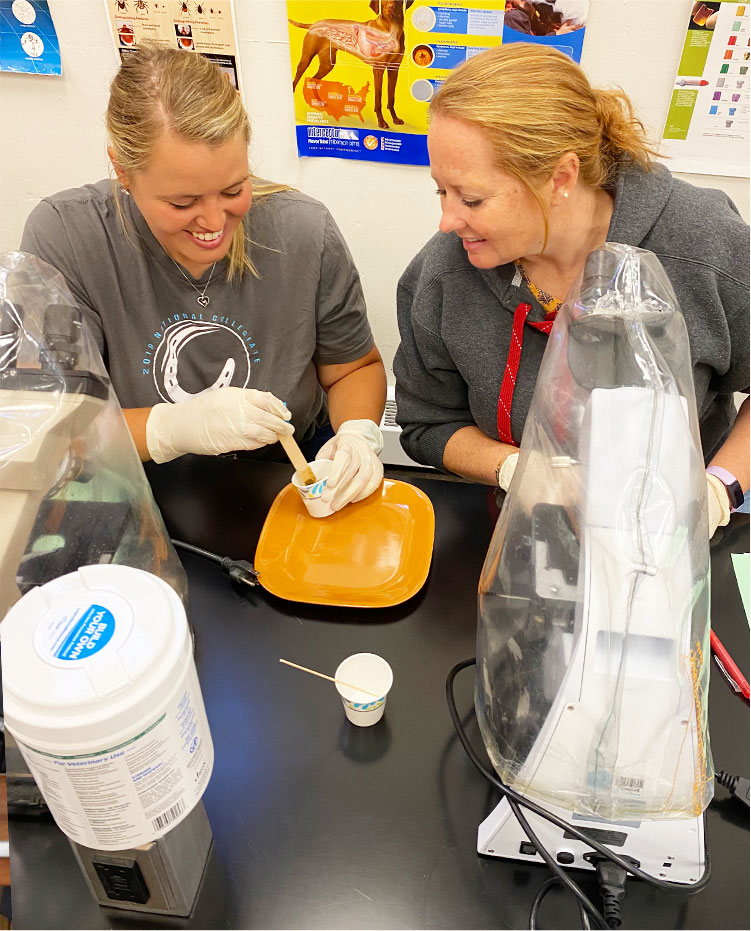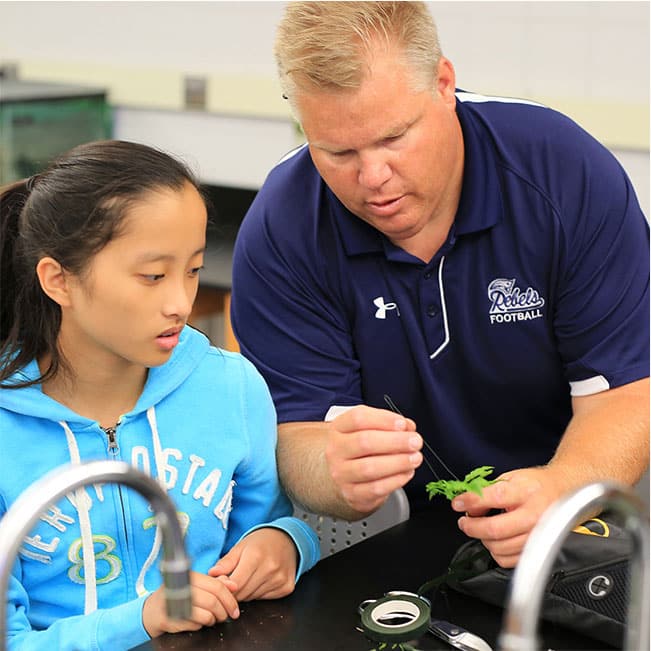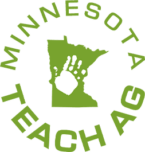Become a Minnesota agriculture teacher
You can inspire the next generation by making a lasting impact on students.
Teaching agriculture allows students from all different backgrounds the opportunity to see the world around them in a new way. You do not have to come from an agriculture background to have a passion for growing the next generation. Teaching agriculture allows you to connect and impact students through a common language; everyone consumes food, fiber, fuel and natural resources in their daily lives.

Live Your Passion
There are many ways to be involved and discover your potential in agricultural education. The diversity in agriculture, food and natural resources means there is space for everyone. You can help students understand their potential through multiple career pathways.
What is Agricultural Education?
Agricultural Education prepares students for successful careers in and around agriculture, food and natural resources. It also provides a positive and well-rounded experience, building them into leaders for their communities and allows them to explore the world around them. Agricultural Education, also called Agriculture, Food and Natural Resources (AFNR) Education, is part of Career and Technical Education (CTE) within schools.
According to National FFA, “Agricultural education is a systematic program of instruction available to students desiring to learn about the science, business, technology of plant and animal production and/or about the environmental and natural resources systems. Agricultural education first became a part of the public education system in 1917 when the U.S. Congress passed the Smith-Hughes Act. Today, over 1,042,245 students participate in formal agricultural education instructional programs offered in grades seven-adult throughout the 50 states and three U. S. territories.”
There are three main, interdependent components of delivering agricultural education to middle and high school students:
- Classroom and laboratory instruction
- Work-based and experiential learning
- Student leadership organizations


Personal growth through a student leadership organization
Leadership is a skill and it can be taught. In AFNR Education, students learn and practice leadership and career development in a program called the National FFA Organization. FFA is not a club. It is an extracurricular and required part of the classroom. FFA develops relationship and career skills through a variety of service events, career development competitions, and leadership conferences and conventions.
Academic development through the classroom & laboratory
AFNR education prepares students for high wage, high skill, and in demand jobs and careers. It integrates science, math, economics, and art graduation credit, and offers the opportunity to earn college credits and industry certifications. AFNR education includes courses in animal systems, plant systems, natural resources and environmental services, power and structural systems, agribusiness, food systems, and biotechnology.
What can you teach that is considered AFNR Education?
Finding the best fit for your local student interest, school district and community is important and AFNR Education allows you to do that! Here are some example courses that could be taught within each AFNR pathway. School districts can select what courses are best for their local school district, community, and student interest.
Example courses that could be taught within each AFNR pathway include:
Agribusiness Systems
- Agribusiness Sales
- Agricultural Economics
- Agricultural Communications and Journalism
Animal Systems
- Animal Science and Care
- Equine Science
- Aquaculture Operations
- Veterinary Science
Biotechnology Systems
- Animal and Plant Biotechnology
- Agriculture Biotechnology and Biology
- Biofuels, Bioproducts, and Bioengineering
Education, Communication, & Leadership
- Introduction to Agricultural Education
- Agriculture Leadership
- Agriculture Communication
- Teaching and Training in Agriculture
Environmental Services Systems
- Water Treatment and Environmental Services
- Environmental Science Issues and Policy
- Energy and Environmental Engineering
Food Products & Processing
- Food Science or Food Chemistry
- Food Nutrition
- Food Processing and Preparation
Natural Resource Systems
- Wildlife, Fisheries, and Ecology Management
- Forestry Science and Management
- Biofuels, Renewable Resources, and Alternative Energy
Plant Systems
- Plant Science and Agronomy
- Landscape Design
- Floral Design
- Greenhouse & Nursery Operations
Power, Structure & Technical Systems
- Agricultural Power Systems Technology
- Agricultural Manufacturing
- Agricultural Small Engines
Many schools also offer other courses that are supported within all the pathways.
A few examples include:
Introduction to AFNR
Leadership Development
Career Seminar
Work Experience
